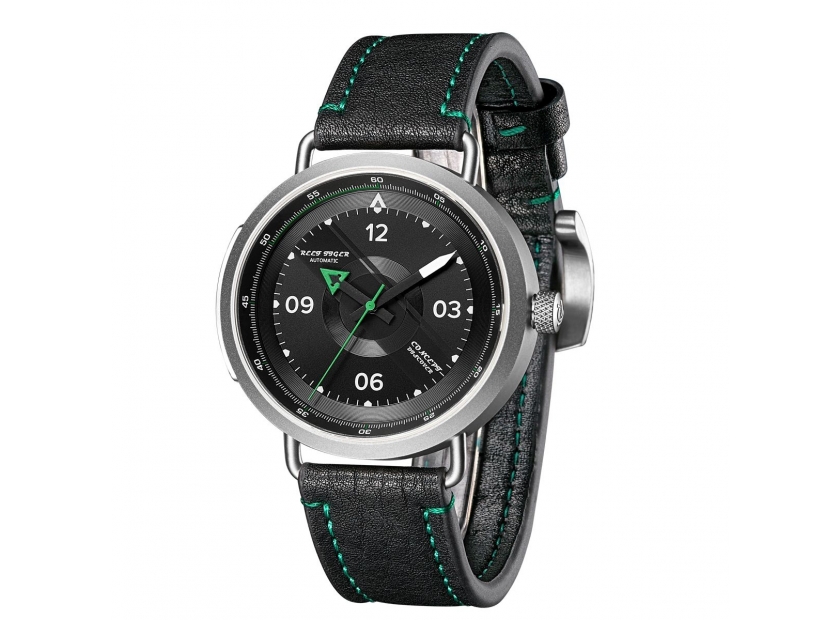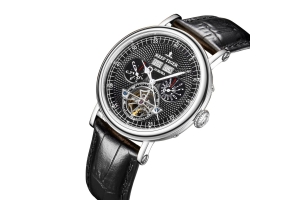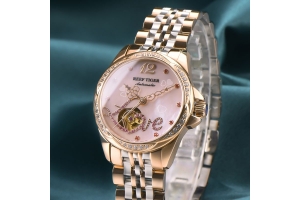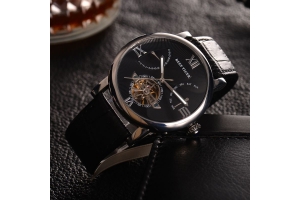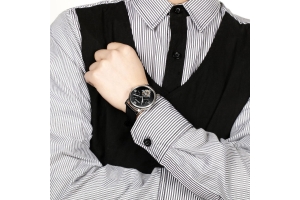Difference between Waterproof Watches Vs Water Resistant
You've got probably heard the terms"water-resistant" and"waterproof" bandied around in regards to wristwatches, but have you ever stopped to consider exactly what these phrases mean? The terms are often used interchangeably despite not meaning the exact same thing at all. In other words, a water-resistant luxury watches can withstand contact to get a particular amount of time or under certain circumstances, while a"watertight" watch should, in principle, be blindsided by water.
But the reality is, no lookout can guarantee continuous waterproofness. Even the most best diving watches on Planet Earth such as the watches are vulnerable to the aging process and intense problems. It would be unreasonable to assume that a product made from physical materials could not, in some way, be affected by its physical surroundings as time passes.
One of the major causes of"watertight" watches failing is that the degradation of seals made to ensure a gapless structure. Such seals, that are normally produced from a type of rubber or plastic, can be weakened or consumed off in extreme heat or cold. One of the reasons it is logical to have your opinion serviced every few years to ensure that the seals are working as they should.
But that's part of the issue surrounding the wider public's understanding of water resistance and waterproofness. Many of the tests conducted at a watchmaker's workshop are dry and static tests (meaning the watches never actually touch the water). What happens instead is an immense amount of external atmosphere pressure is exerted upon the watch and it's quantified for escapes or deformations. If a watch passes a test of this nature, then it may be said to be chilled. In technical terms, though, that may not mean a lot .

"Active submersion" -- because in the action of repeatedly submerging and surfacing an eye (as one would if swimming front crawl) could be risky to get a watch due to the abrupt shifting external pressure on the watch, not to mention the possible changes in temperature.
Temperature fluctuations can cause real difficulties for the water-resistance of a timepiece. In warm weather, elements expand. That coupled with busy submersion or moving water (as you'd expect to find in a bathtub or a hot tub) is just about as bad a mix for a watch could hope to meet. And so very few see brands risk anointing their wares"waterproof watches". Before we break down the way water resistance evaluations could realistically be expected to perform in reality, we need to run through the different ways in which water resistance is expressed.
There are 3 methods to express the depth to which your watch has been examined. The most commonly used unit of measurement is"meters." Perhaps the next most common method to communicate depth rating is through atmospheres. One air is roughly equivalent to ten meters, so 10ATM is the same as 100M. The third way to express water immunity is"Bar." A pub is a unit of pressure, instead of depth. While this is often discussed one of collectors and watchmakers, it is not so often published on the dial of a watch. One pub equals one air, so 10 Bar equals 10 ATM and 100M. The most common depth ratings are 30M, 50M, 100M, 200M, and 300M. Beyond those depths, 500M, 1,000M, as well as deeper evaluations exist but are normally reserved for very specialized diving gear.
5 ATM/5 Bar/50M: Very few human beings will dive down up to 50 meters, but if the chance presented itself, these watches wouldn't be up to the job. They are, however, perfectly fine being lightly submerged for short intervals. Watches water resistant to 50 meters should be OK for the pool, but do not swim too vigorously, dive out of a board, or change things up with a trip to the jacuzzi.
10 ATM/10 Bar/100M: At this point, real water sports like swimming, snorkeling, boating, etc. should be possible. This is the sort of water resistance I'd look for in any daily use, just for extra security.
100 ATM/100 Bar/1000M/: We've entered the land of the severe saturation (SAT) diver. Watches with depth ratings at this degree are finely-tuned, expertly machined tools designed to maintain their wearers living. These watches tend to be relatively enormous, with thick case walls and sapphire crystals a few millimeters thick, designed to resist the immense external pressures to which they're anticipated to become subjected.To learn more, click on reeftiger.co.uk.


